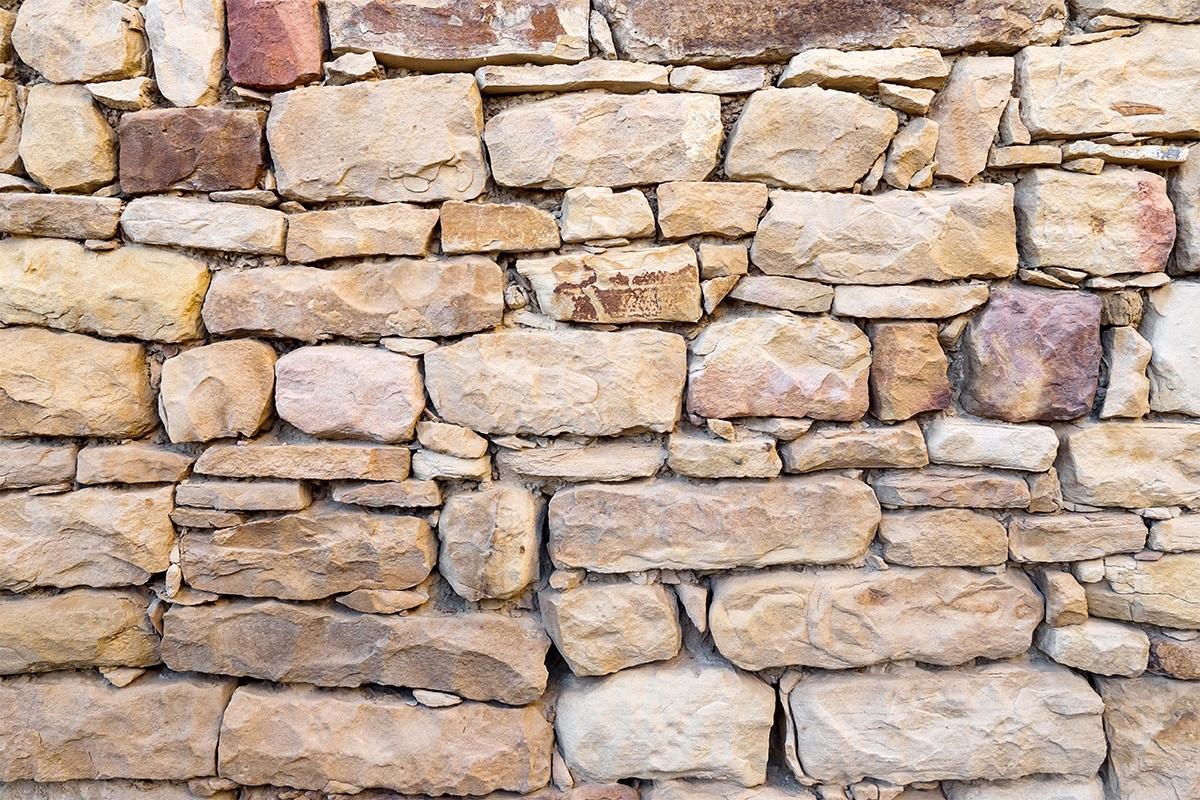
Plumber vs Electrician SEO
- Oct 24 2025
- /
- 360

Rocks are the unassuming heroes of construction. They shaped the landscapes we call home and are used all around. We explore rocks' essential role in building foundations and structures surrounding us.
Let's uncover the basics of igneous, sedimentary, and metamorphic rocks. As well as understand how they contribute to the durability and stability of the structures we rely on daily.
The three basic types of rocks are igneous, sedimentary, and metamorphic.

Igneous rocks are formed from the cooling and solidification of molten magma or lava. Igneous rocks often have high strength and are commonly used in construction for building materials and countertops.
Sedimentary rocks are derived from the accumulation and cementation of sediment, such as minerals, organic material, and other particles. These are widely used in building materials, especially limestone and sandstone, for architectural purposes.
Metamorphic rocks are formed from altering pre-existing rocks (igneous, sedimentary, or other metamorphic rocks) due to heat, pressure, or chemically active fluids. These are valued in sculptures (marble), roofing, and flooring (slates).
Here is a table summarizing the basic rock types:
| Rock Type | Formation | Characteristic | Common examples | Uses in Construction |
|---|---|---|---|---|
| Igneous | Formed from cooling and solidification of magma or lava. | Classified as intrusive or extrusive; diverse textures. | Granite, Basalt | Building materials, countertops, road construction |
| Sedimentary | Formed from the accumulation and cementation of sediment | Layered structures, may contain fossils | Limestones, Sandstone, Shale | Building materials, architectural purposes, landscaping |
| Metamorphic | Formed from alteration of pre-existing rocks due to heat, pressure, or chemically active fluids | Distinct textures. Often layered. | Marble (from limestone), Slate (from shale) | Sculptures, buildings, roofing, and flooring. |
Understanding these basic rock types provides insight into their origins, characteristics, and how they contribute to various construction applications. Each type of rock has properties that make it suitable for specific uses in the built environment.
For example, igneous rocks like granite are valued for their strength and resistance to wear, while sedimentary rocks like limestone are prized for their versatility in construction materials.
Metamorphic rocks often offer durability and aesthetic appeal, making them suitable for various architectural and design purposes. Understanding these applications helps builders and architects choose the right materials for different construction needs.
Using rocks in construction comes with various challenges and considerations. Here are some key factors to keep in mind:
By carefully addressing these challenges and considerations, construction professionals can make informed decisions about the selection and use of rocks, ensuring that they meet both functional and aesthetic requirements while minimizing environmental impact and cost overruns.
Visually appealing and sturdy rockwalls have become a hallmark of modern construction, seamlessly blending aesthetic elegance with structural integrity.
Employed in a myriad of architectural designs, these rock walls not only serve practical purposes but also contribute significantly to the overall visual harmony of the built environment. The careful selection of rocks is based on-:
The creation of visually striking patterns and formations, transform a mundane structural element into a captivating piece of art. Beyond their aesthetic appeal, these rock walls provide robust support and stability, proving to be reliable barriers against the forces of nature. (refer to Seaway below) Whether used as retaining walls, façade cladding, or landscaping elements, the incorporation of visually appealing and sturdy rock walls adds a timeless and sophisticated touch to the architectural landscape, embodying a harmonious balance between function and form.

The epic project cost $50 million and used one million tonnes of imported rock, two layers of 20 and 25 tonne concrete cubes (4,500 cubes in total) and dredged 4.5 million cubic metres of sand.
https://gcwa.qld.gov.au/2017/04/22/gold-coast-seaway-history/










Electricians home automation air conditioning data security Brisbane.
Electrical Brisbane